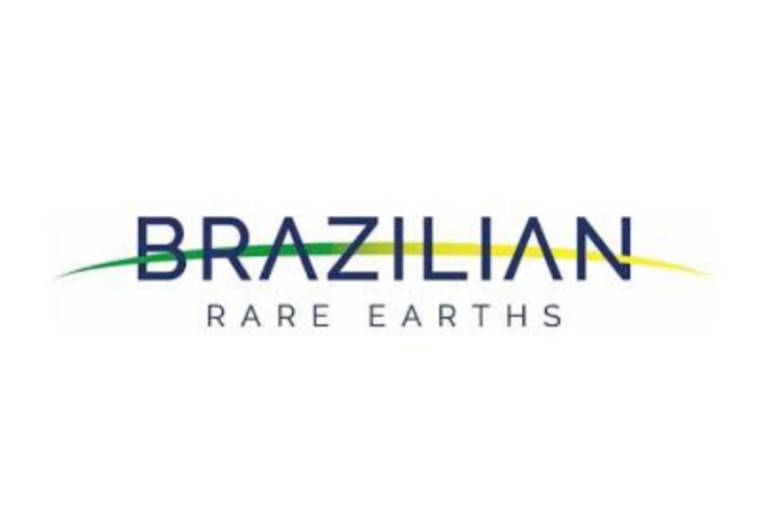The stronger-than-expected Services PMI reported on Monday injected optimism into the stock market. There was also some relief as news hit that the April 2 implementation of tariffs may be scaled back.
On Tuesday, however, the market hit the brakes and stalled the upside momentum. Consumer confidence fell by 7.2 points in March, a sign that U.S. consumers are worried about the economic outlook. This, along with uncertainty about tariffs and other policies, will likely remain the focus in investors’ minds.
The bigger focus should be on whether the recent upside move in the broader stock market indexes has legs. Let’s shift our attention to the charts of the broader markets.
The Technical Picture
In the daily chart of the S&P 500 below, the index crossed above its 200-day simple moving average (SMA) on Monday, a big hurdle for the index to overcome. Alas, the lack of follow-through on Tuesday could mean the 200-day may now act as a support level. The index could also bust through its January lows and start moving up toward its 50-day SMA.
FIGURE 1. S&P 500 INDEX BROKE ABOVE 200-DAY SIMPLE MOVING AVERAGE. Will the index break above its January lows? That would be the next big hurdle.Chart source: StockCharts.com. For educational purposes.
Market breadth is showing signs of expanding, with the S&P 500 Bullish Percent Index above 50, the NYSE Advance-Decline Line starting to trend higher, and the percentage of S&P 500 stocks trading above their 200-day SMA shy of 50%.
The picture isn’t as positive for the Nasdaq Composite as it is for the S&P 500. The Nasdaq is approaching its 200-day SMA, and market breadth is showing signs of improvement, although slight (see chart below).
FIGURE 2. DAILY CHART OF THE NASDAQ COMPOSITE. The index is approaching its 200-day SMA while its breadth is showing slight signs of expanding.Chart source: StockCharts.com. For educational purposes.
Of the three broader indexes, the Dow is the one showing the most promising upside move (see chart below). Like its close cousins, it crossed above its 200-day SMA, but its market breadth has expanded more than the S&P 500 and Nasdaq. Its BPI is at 60 and the A-D Line is relatively high. The percentage of Dow stocks trading above their 200-day SMA is at 19%, but remember, the Dow has only 30 stocks in the index.
FIGURE 3. DAILY CHART OF THE DOW JONES INDUSTRIAL AVERAGE. The 200-day SMA is now a support level. All three breadth indicators are showing signs of rising.Chart source: StockCharts.com. For educational purposes.
Small-cap stocks have lagged the larger indexes and, even though the S&P 600 Small Cap Index ($SML) bounced off its March 13 low, there’s not enough follow-through to carry small caps higher. Replace the symbol in any of the above charts with $SML.
Bonds turned around on Tuesday in response to the weaker consumer confidence data. The 10-year U.S. Treasury Yield Index ($TNX) rose until the consumer confidence data was released, after which it slid lower. This was the move that should have raised eyebrows.
Bond Yields Also Teeter-Totter
Movements in Treasury yields are very telling about the state of the economy. To keep tabs on the movement in Treasury yields and the U.S. dollar, investors should monitor the Japanese yen. This may not be something you usually look at, but, given we’re in an environment where conditions change from one day to the next, it’s helpful to add a chart of the U.S. dollar relative to the yen in your ChartLists.
The daily chart of $USDJPY below has an overlay of the 21-day exponential moving average (EMA). The bottom panel monitors the performance of the 10-year yields.
FIGURE 4. DAILY CHART OF THE U.S. DOLLAR VS. JAPANESE YEN. The currency pair gives an idea of the overall health of the U.S. economy.Chart source: StockCharts.com. For educational purposes.
Generally, when U.S. Treasury yields fall, the U.S. dollar weakens relative to the yen. On Monday, the dollar rose relative to the yen when equities and Treasury yields rose, but fell on Tuesday, in conjunction with the fall in yields. You can see the close correlation between the two in the chart above.
On Monday, $USDJPY broke above the 21-day EMA. On Tuesday, the EMA acted as a support level. Can the dollar hold on to this support level and continue to strengthen relative to the yen? Yields generally rise when the economy is growing, so monitoring this chart regularly will give you a general idea of how the U.S. economy is performing.
Other Market Activity
Sector rotation was all over the place, moving back and forth from offensive to defensive. On Tuesday, Utilities, Health Care, and Real Estate were the worst-performing sectors. Communication Services, Consumer Discretionary, and Financials were the best-performing sectors. However, the change was modest, so there’s not enough to confirm a move from offensive to defensive or vice versa.
Closing Bell
Overall, the market isn’t showing convincing directional movement. Tuesday’s market activity was a bit like watching paint dry—not too exciting relative to what we have seen in the last few weeks. The upside move we saw since Friday seems to have slowed. The Cboe Volatility Index ($VIX) eased and closed at around 17, so today’s lackluster price movement didn’t do anything to make investors fearful.
The most important data this week will probably be the February PCE, which is released on Friday. Let’s see if that stirs things up.
Disclaimer: This blog is for educational purposes only and should not be construed as financial advice. The ideas and strategies should never be used without first assessing your own personal and financial situation, or without consulting a financial professional.










